
50 Years of Translation History, Continued
The Legacy Standard BibleToo much stained glass
What did the Author intend?
A translation is like a window—it allows you to see through to the other side. While many Bible renderings focus on the reader’s point of view, the Legacy Standard Bible began by asking a decidedly different question—what did the Author intend?
See the Glory of Christ through the Window of God’s Word
A Legacy Upheld
A New Level of Precision
The LSB advances the aim of the NASB. It brings out textual connections through consistent translation of words, highlights literary artistry like alliteration, and tightens grammatical structure. With this new level of precision, the Bible reader is able to see more of what is happening in the original text than ever before. Learn more
Internationally Tested
English is a global language. We knew we needed a global team to test the readability of the text. The LSB was reviewed by a team of 70+ scholars, pastors, and every-day NASB readers from around the world. This ensures readers from all walks of life can easily engage and interact with the text.
Beloved by Millions of People Every Day
Expository preachers and Bible teachers including John MacArthur, Al Mohler, Charles Stanley, Kay Arthur, and thousands of others have used the NASB because of its faithfulness to what the Author originally intended. Their influence has led millions of Christian men and women to use the NASB in their personal, daily reading. The LSB carries on that tradition by seeking to apply even more precision to its literal qualities.

Explore the Translation Process
Watch the story of the LSB unfoldThe translation team shares how the LSB shines clearly through the window—from the Author to the reader.
Endorsements
Use the arrows on the right and left to see who is supporting the LSB translation.
Translation Matters
“To bring forth every feature of God’s inspired Word with the hope that believers by the Spirit and through the church will labor to grasp every detail to the glory of God.” – Dr. Abner Chou
The link below will take you to the Tyndale Center for Bible Translation, a project of The Master’s Seminary. The content on their site is a work in progress. Over time the site will contain the notes from the LSB translation team that were captured during their work. It is provided as a resource to help people everywhere understand more of the Biblical languages and is freely accessible.
The Legacy Standard Bible
Your Translation for a Lifetime™Read the complete LSB for freeon your phone or computer!
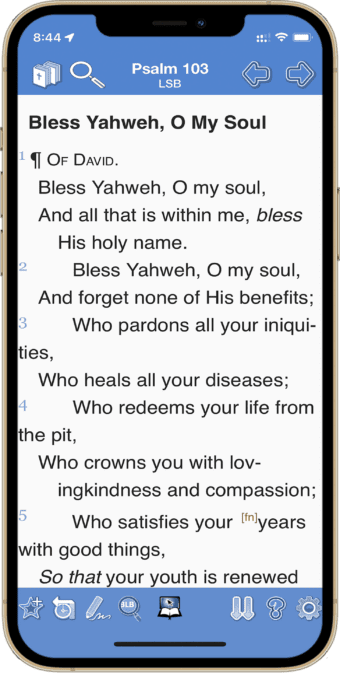

















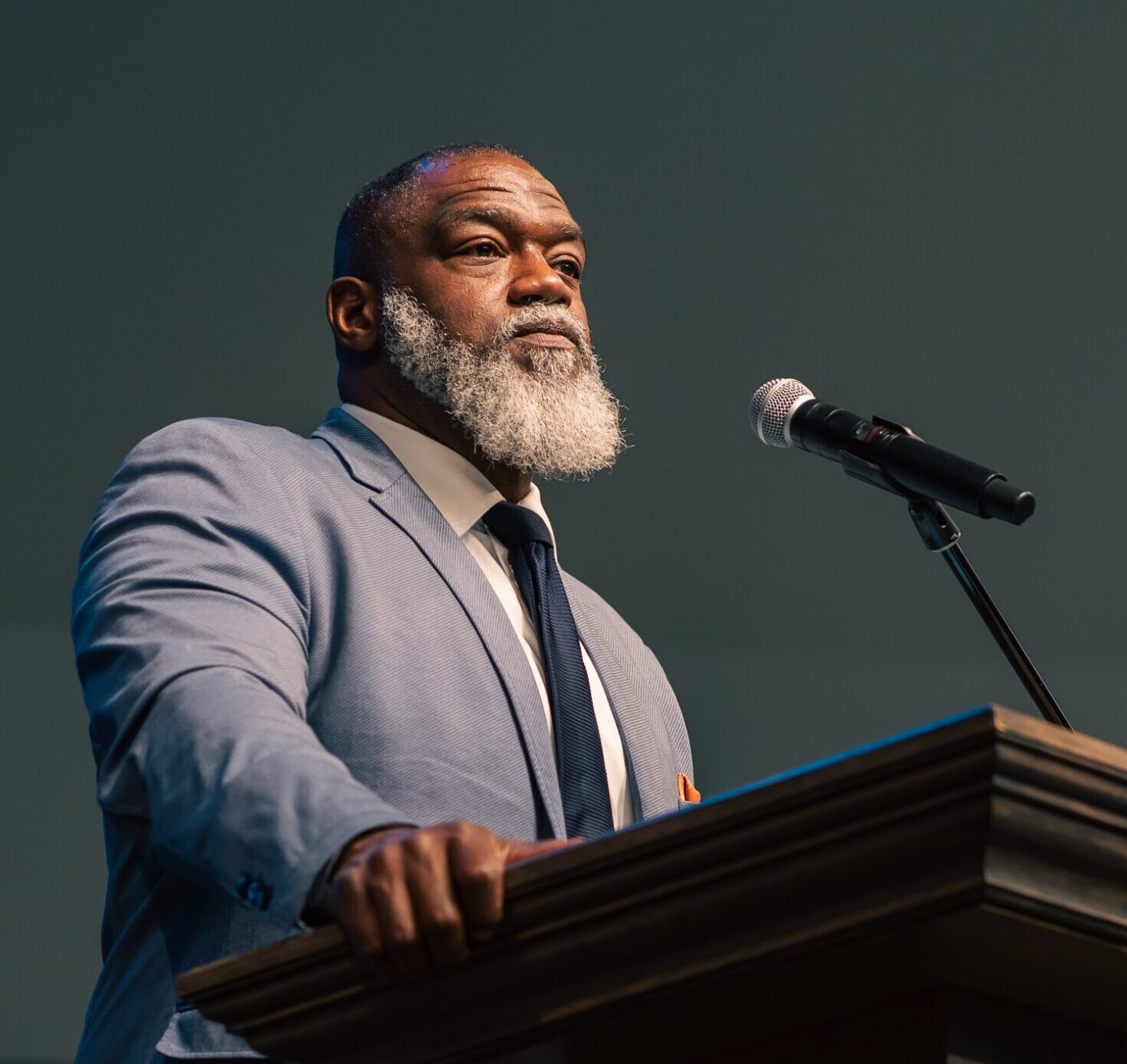







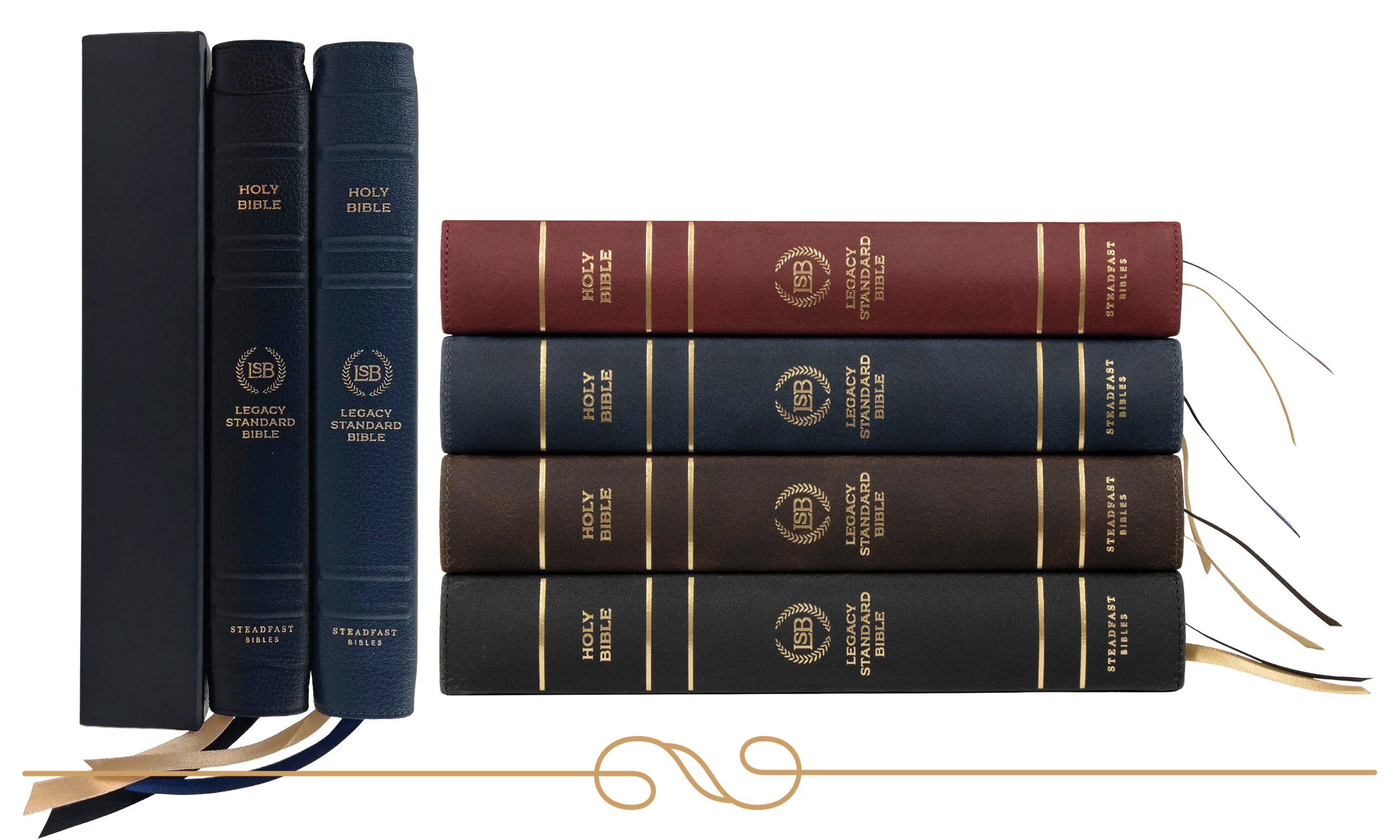
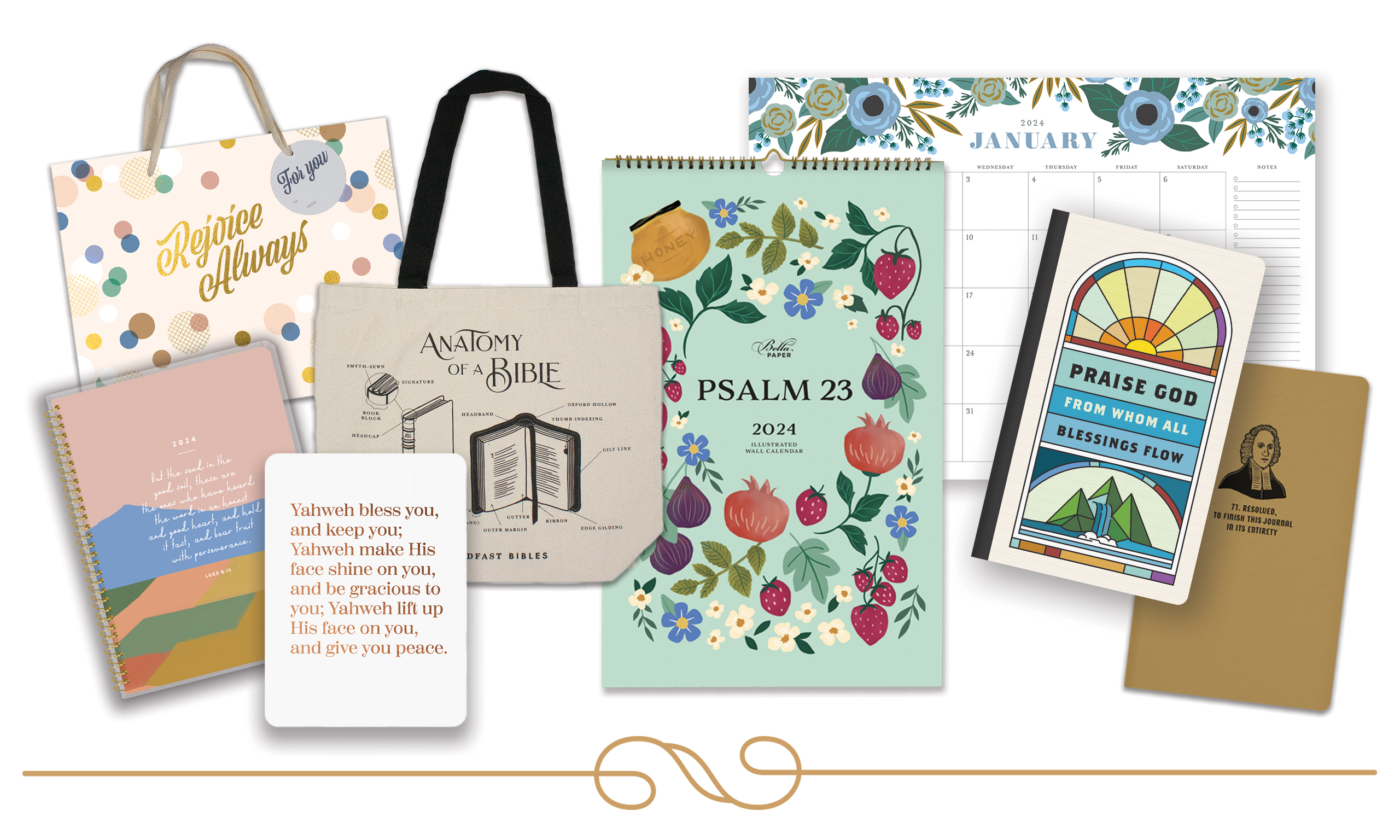
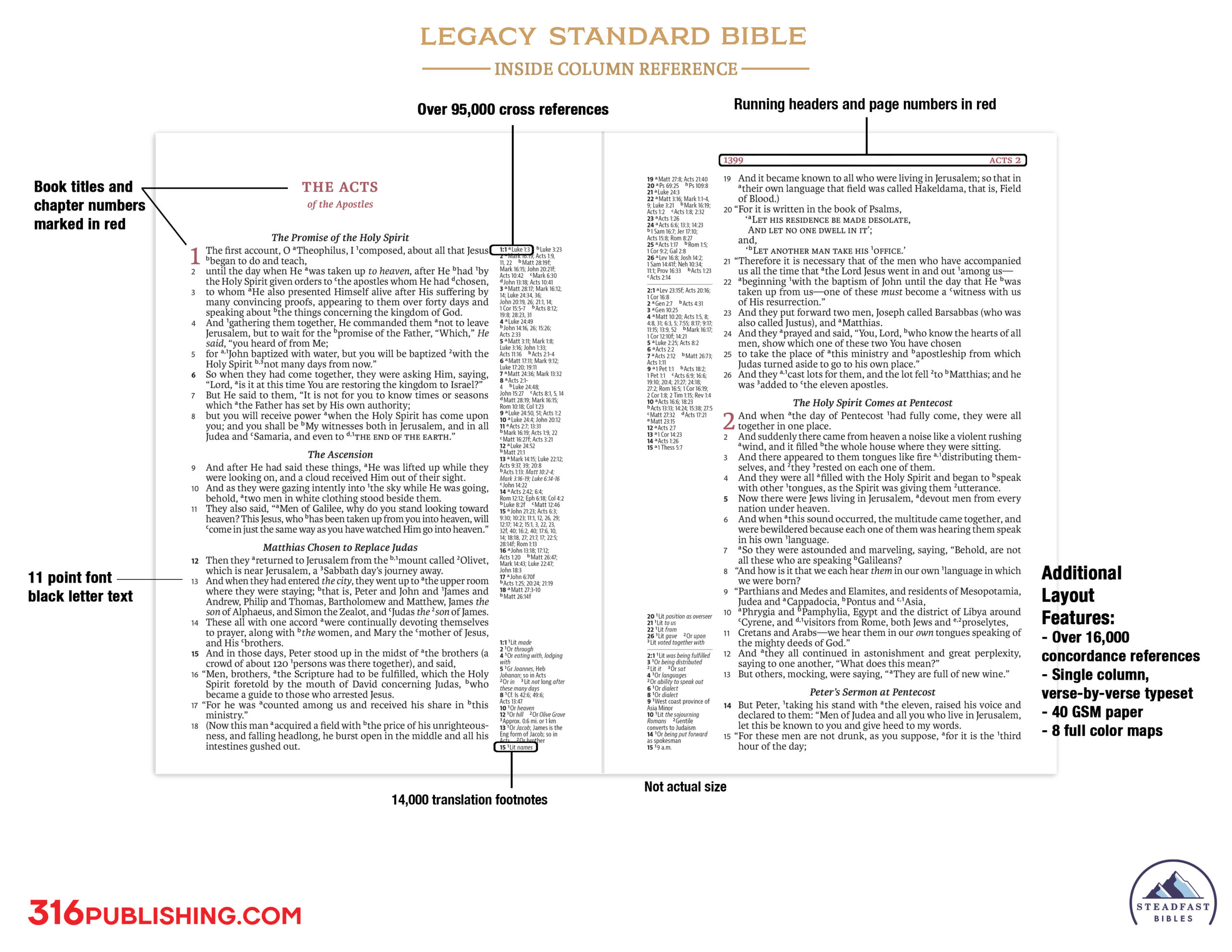
Help Others See Christ Clearly in the LSB